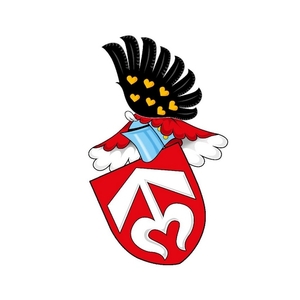House of Kravaře
Significant modification of the castle started in the first half of the 14th century, but the main conversion to a Gothic fortress took place at the turn of the 14th and 15th centuries when the castle became the seat of Lacek of Kravaře.
The House of Kravaře perfected the fortifications of Helfštýn. They replaced the makeshift fortifications of the old outworks by a thick stone wall with four bastions, erected a prismatic tower, open to the inside, above the entrance to the castle, and secured the castle by a drawbridge. They also built a fortified outer bailey on the southern part and cut a ditch across the ridge, which also served as a rainwater reservoir. Under Lacek of Kravaře, the first member of his family to reside at the castle, the Helfštýn palace was extended by a new, longitudinal wing and a new chapel was built. Although our conceptions of Helfštýn’s appearance in the early 15th century largely depend on material evidence about its construction development and are fragmented to a great extent, it is certain that on the eve of the Hussite movement, Helfštýn was a significant fortress in Moravia, both due to its location above the Moravian Gate valley and robustness of its fortifications.
The most important figure among the House of Kravaře was Lacek. He gained much political respect and in the early 15th century, he held the highest regional offices in Bohemia and Moravia, becoming the land governor in 1411. Lacek of Kravaře was an active supporter of the reform movement and an ardent defender of John Hus. In 1410, he was among the initiators of the letter of protest to the papal curia against the restrictions of the freedom of preaching that was to affect the Bethlehem Chapel in Prague as well as chapels in castles, and in 1415, he was one of the leading signatories of the famous letter of the Bohemian and Moravian nobility to the Council of Constance, protesting against the execution of John Hus. Lacek’s credit for the promotion of the Hussite ideology in Moravia was also highlighted by the author of an anti-Hussite pamphlet, preserved in the transcription of the Old Czech Chronicles, in which he execrated the leading supporters of Hussitism among Moravian nobility:
also Lord Lacek of Moravia,
and Lord Peter of Strážnice,
and Lord Heralt Skalský;
and Lord John of Tovačov,
they invited Wycliffian priests to Moravia
to spread God’s blood there...
As far as Lacek of Kravaře was concerned, allegations on protecting Hussite priests seemed to be related to the activities of Sigismund of Jistebnice as the chaplain at Helfštýn.
